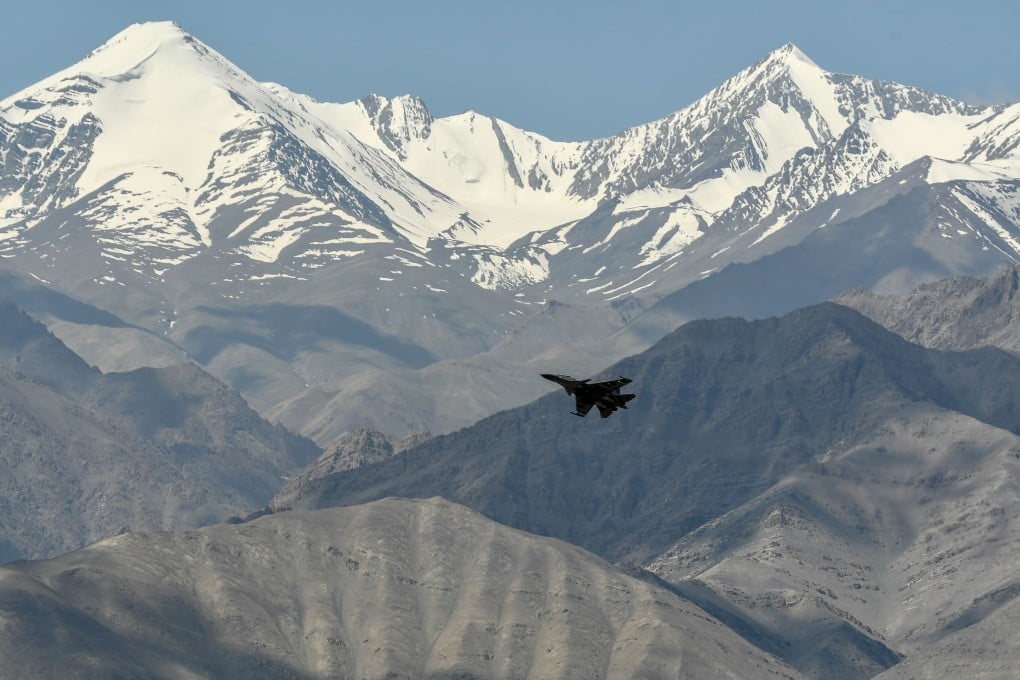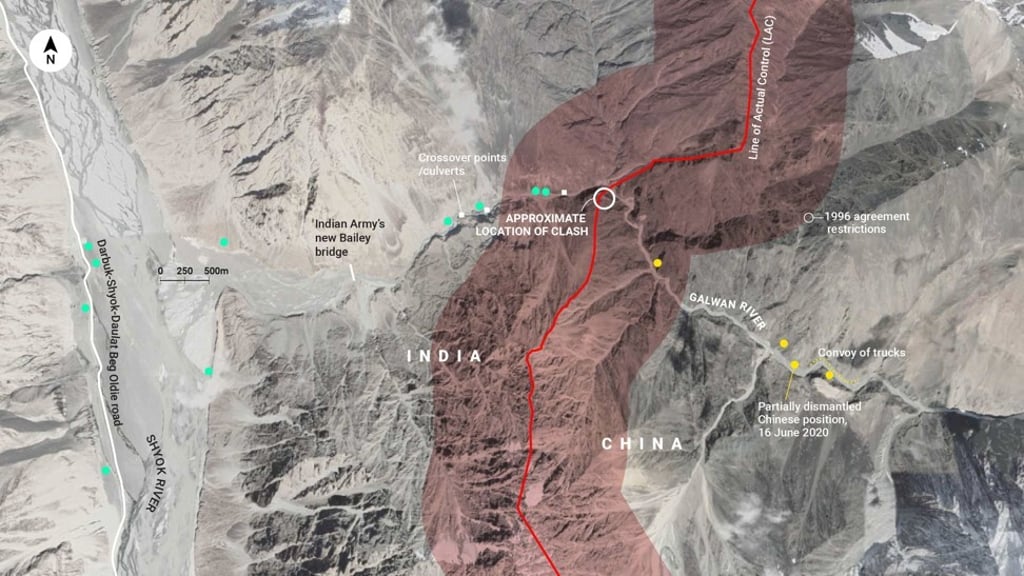Explainer | The China-India border dispute: its origins and impact
- For the first time in decades, soldiers stationed along a remote front line between the two countries engaged in deadly hand-to-hand combat
- Leaders have sought to settle the conflict as it ripples out into the economy and wider international relations

In mid-June, 2020, in a remote Himalayan valley, Chinese and Indian troops faced each other, armed only with sticks and rocks. By the time the confrontation in the Galwan Valley was over, at least 20 Indian soldiers were dead and 76 were wounded. The casualties on the Chinese side are not known.

02:36
PLA soldiers patrol border on Himalaya mountain range in China’s Tibet autonomous region
But the dispute has deep roots and its effects are felt well beyond an ill-defined border area between the countries.
What happened in the Galwan Valley?
The clashes took place at more than 4,000 metres (14,000 feet) above sea level in an area between Indian-controlled Ladakh and Chinese-controlled Aksai Chin on June 15 but exactly what caused it is not clear. The deadly confrontation came after another clash on May 5, and during an attempt by both sides to de-escalate the subsequent six-week stand-off.
The troops did not have guns because of a 1996 agreement the two sides signed to build trust and begin to settle the border issue.
